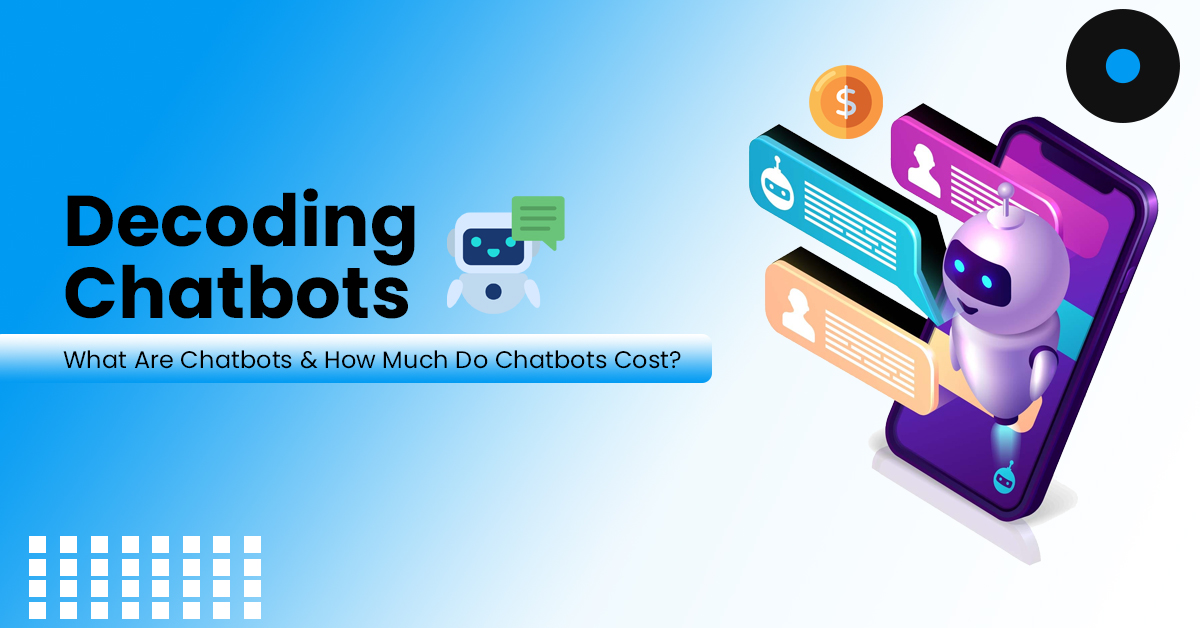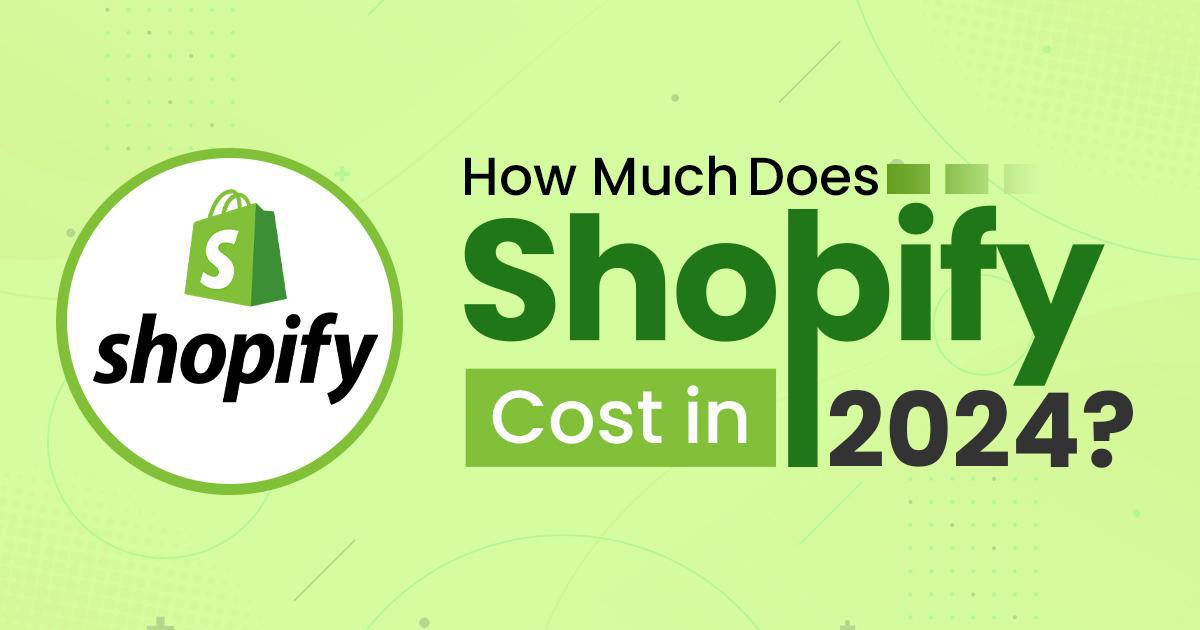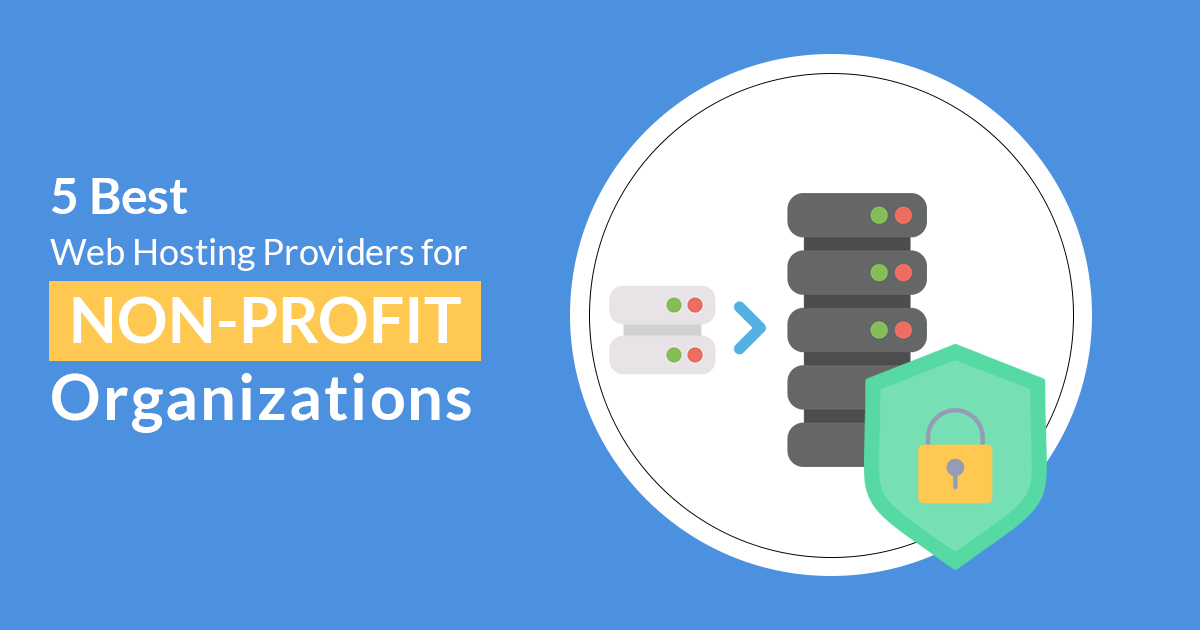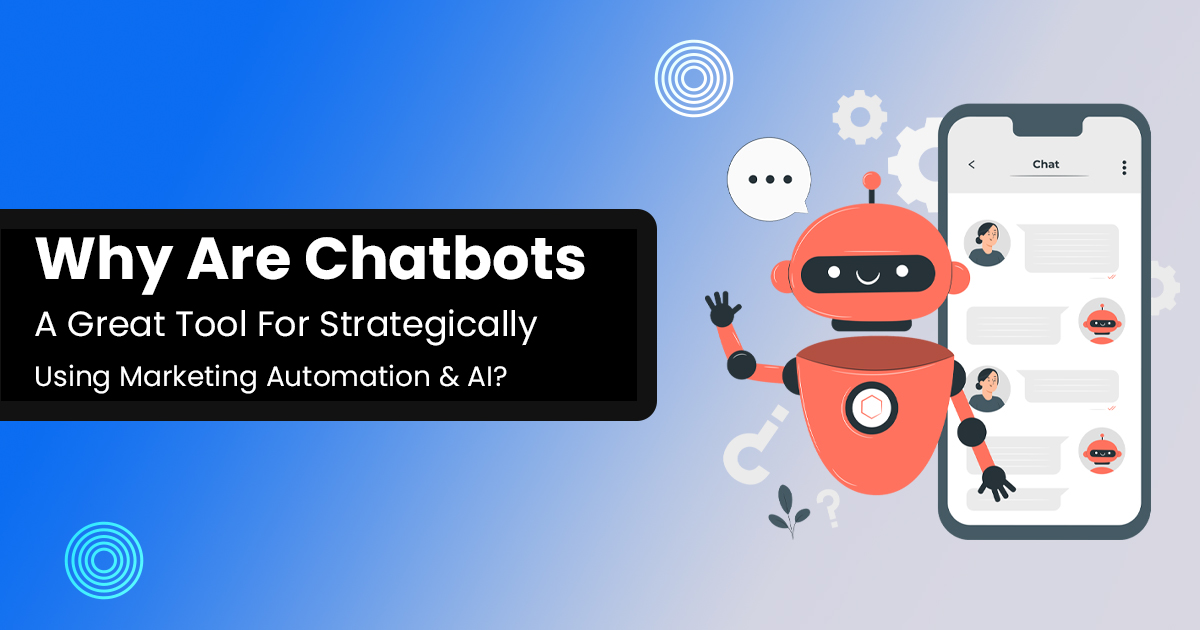Decoding Chatbots: What Are Chatbots & How Much Do Chatbots Cost?

Chatbots have become incredibly useful tools in modern times, revolutionizing the way businesses engage with their customers. With their ability to mimic human speech, these sophisticated virtual assistants offer a smooth and effective engagement experience. We will explore the introduction, capabilities, and wide range of uses of chatbots in this blog, as well as the important topic that frequently comes to mind: their development costs.
What are Chatbots?
Chatbots are artificial intelligence (AI) programs designed by professional chat support service provider to simulate human-like conversation. They use natural language processing (NLP) and machine learning to understand user inputs and provide relevant responses. Chatbots are deployed on various platforms, including websites, messaging apps, and social media, to engage with users, answer queries, perform tasks, and enhance customer interactions. They range from rule-based systems with predefined responses to more advanced AI-driven models capable of learning and adapting over time. Chatbots play a crucial role in automating routine tasks, real-time customer support, and streamlining communication in diverse industries.
Capabilities of Chatbots
Chatbots have evolved beyond simple rule-based responses, now leveraging sophisticated natural language processing (NLP) and machine learning algorithms. Their capabilities include understanding context, recognizing user intent, and even learning from past interactions to enhance future responses. Chatbots can be integrated with various platforms, such as websites, messaging apps, and social media, offering businesses a versatile tool to deliver impeccable customer service , automate tasks, and streamline communication.
Diverse Chatbot Applications
The applications of chatbots are vast and diverse. From customer support and lead generation to e-commerce assistance and healthcare consultations, chatbots are reshaping industries. In customer support, they provide instant responses, reducing response times and improving overall satisfaction. In e-commerce, chatbots assist customers in finding products, processing orders, and resolving issues. The healthcare sector benefits from appointment scheduling, symptom analysis, and medication reminders through chatbots. The adaptability of chatbots extends to education, finance, and more, making them invaluable across various domains.
Chatbot Development Costs
Determining the cost of developing a chatbot involves several factors. The complexity of the chatbot, its features, integration requirements, and the level of customization all influence the overall cost. Basic rule-based chatbots are more budget-friendly, while advanced AI-driven chatbots with NLP capabilities come at a higher cost. Additionally, the choice between building a chatbot from scratch or using existing platforms and frameworks impacts development expenses.
Factors influencing chatbot development costs
The pricing of chatbots is influenced by a multitude of factors, each playing a pivotal role in determining the overall cost of development and implementation.
Functionality and Features
The complexity and range of features significantly impact the development costs of a chatbot. Basic chatbots with rule-based responses are less expensive, while advanced features such as natural language processing (NLP), sentiment analysis, and machine learning algorithms increase both the complexity and cost.
Integration Requirements:
The extent to which a chatbot needs to integrate with existing systems, databases, or third-party APIs affects the development costs. Seamless integration with multiple platforms requires additional effort, potentially increasing both time and expenses.
Customization
Highly customized chatbots designed to align closely with specific business processes or branding guidelines often come with additional costs. Customization involves tailoring the chatbot’s behavior, appearance, and responses to meet unique business requirements, which may require more development time and resources.
Maintenance and Updates
The journey doesn’t end with the deployment of a chatbot. Ongoing maintenance, updates, and improvements are crucial to keep the chatbot relevant and effective. This involves monitoring performance, fixing bugs, and adapting to changes in user behavior or business processes. These ongoing efforts contribute to the overall cost of chatbot ownership over time.
Scalability
Consideration of scalability is vital in understanding the long-term costs associated with chatbot development. If a business anticipates a growing user base or an expanding range of services, the chatbot should be designed with scalability in mind. Failure to do so might result in additional development work and costs when the chatbot needs to handle increased loads or incorporate new functionalities.
User Interface (UI) Complexity
The complexity of the user interface can impact costs, especially if the chatbot requires an intuitive and sophisticated design. A more intricate UI, with features such as multimedia support or interactive elements, may require additional development effort and resources.
Data Security and Compliance
If the chatbot is handling sensitive data or needs to comply with industry regulations, incorporating robust security measures and ensuring compliance can contribute to increased development costs. Implementing encryption, secure data storage, and adherence to privacy standards are crucial elements that may influence the overall expenses.
Cross-Platform Compatibility
Developing a chatbot that seamlessly operates across various platforms, such as websites, mobile apps, and social media, can enhance its reach. However, achieving cross-platform compatibility may involve additional complexities, affecting both development time and costs.
Performance Optimization
Optimizing the chatbot’s performance to ensure quick response times and efficient resource utilization may require additional effort. This becomes especially important as the user base grows and the chatbot needs to handle a higher volume of concurrent interactions. A single chatbot can take place of 20 or more agents. Here, you don’t have to spend your costs on salary and other additional expenses and with this, you can lower your operational costs by 30%. Various chatbots agency design these bots in a way that improves your brand’s customer experience and makes the functions simpler and cheaper.
In conclusion, a thorough understanding of these influencing factors empowers businesses to make informed decisions throughout the planning and development phases, ensuring alignment with goals, budget constraints, and improving the customer retention strategy of your business. Striking a delicate balance between functionality, integration, customization, and ongoing maintenance is paramount for maximizing the value derived from the investment in chatbot development. Moreover, in complex scenarios or for businesses seeking optimal results, seeking help from OctopusTech who are well-versed in chatbot development can provide invaluable insights, ensuring a robust and effective implementation tailored to specific business needs. Embark on a seamless chatbot journey tailored to your business needs. Contact us today for expert assistance in crafting a powerful and efficient chatbot solution that elevates your customer engagement and operational efficiency.





